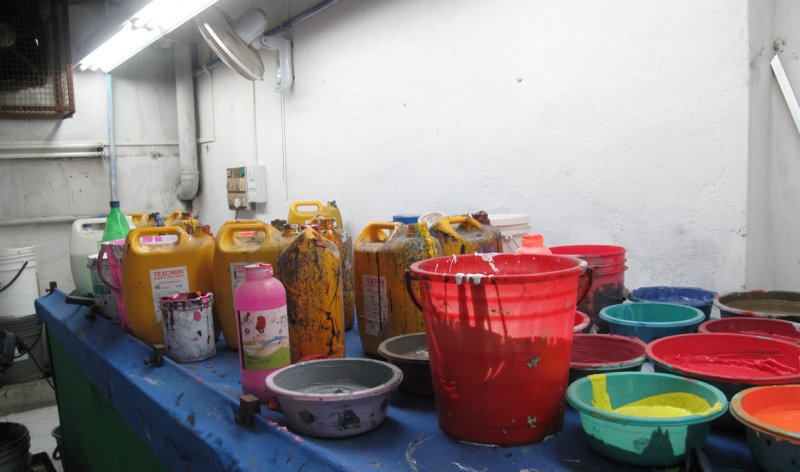One often-overlooked factor in the fabric dyeing process is water quality. While dyes, fabric type, and temperature get most of the attention, the minerals and pH level of the water used can significantly impact color consistency, vibrancy, and fixation. Hard water—rich in calcium and magnesium—can interfere with dye solubility and bonding, especially in natural fibers like cotton, resulting in uneven or faded finishes.
According to textile chemists, water with high iron content can even cause unwanted color shifts, particularly in light or pastel shades. Industry professionals use water softeners or reverse osmosis systems to standardize the water used during dye baths. Even in small-scale studios, consistent water testing is encouraged to prevent unexpected results. This technical consideration is a key part of quality assurance that many beginners and hobbyists overlook.
For those working in smaller setups or DIY spaces, investing in basic water testing kits and understanding local water profiles can make a huge difference. By adjusting pH with buffers or using distilled water for sensitive projects, crafters can achieve more reliable, repeatable results. Ultimately, dyeing isn’t just about color chemistry—it’s also about understanding the unseen variables, like water, that influence every outcome.





